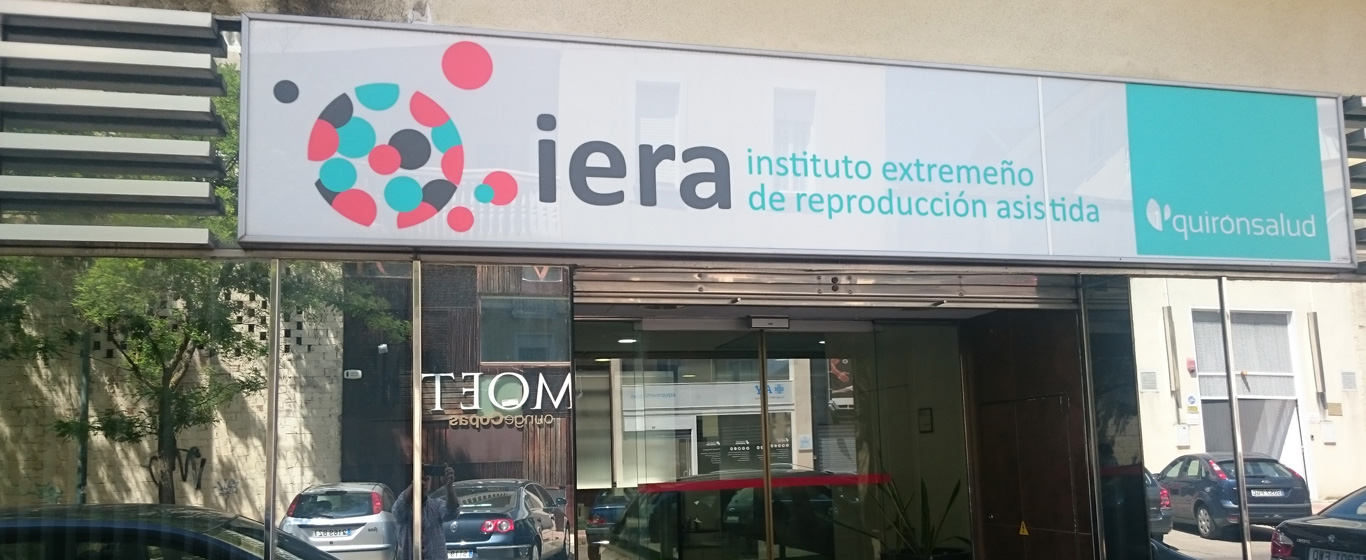Pelvic Inflammatory Disease
What causes pelvic inflammation in women? All the information about this condition: causes, symptoms, and treatments.
Symptoms and Causes
Pelvic inflammatory disease (PID or EIP) is an infection that causes inflammation of the female upper reproductive tract organs, specifically the uterine cavity, fallopian tubes, and ovaries. It is caused by bacteria that enter the reproductive tract through the vagina.
Based on the affected organ, the following types of pelvic inflammatory disease are classified:
- Endometritis: inflammation of the endometrium.
- Oophoritis: inflammation of one or both ovaries.
- Myometritis: inflammation of the myometrium, the uterine muscle.
- Parametritis: inflammation of the parametrium, the set of structures that connect the uterus to the pelvis.
- Salpingitis: inflammation of the fallopian tubes. It is one of the most common gynecological infections.
Pelvic inflammatory disease usually occurs in sexually active women between the ages of 15 and 39, being very rare before the first menstruation, during pregnancy, or after menopause. If not treated in time, it can cause permanent damage to the reproductive system.
Symptoms
The symptoms of pelvic inflammatory disease are very varied. It can present severe, mild, or even no symptoms. The most common are:
- Abdominal pain: occurs in most cases. It is located in the hypogastrium, the lower part of the abdomen, often constantly.
- Abnormal vaginal discharge: unusual color, thicker consistency, or unpleasant odor.
- Irregular vaginal bleeding: after sexual intercourse or between periods.
- Pain during sexual intercourse.
- Urinary changes: frequent urge to urinate or pain while doing so.
- Fever, sometimes with chills.
- Nausea and vomiting.
Causes
The most frequent cause of pelvic inflammatory disease is bacteria transmitted from the vagina through a sexually transmitted infection, with gonorrhea, chlamydia, or infection by Mycoplasma bacteria being the most common. It is also possible that, if there is excessive growth of the bacteria that naturally reside in the vagina, these bacteria spread to other organs and cause infections. Less commonly, the infection occurs due to gynecological medical procedures such as childbirth, abortion, IUD insertion, or a biopsy.
Risk Factors
The likelihood of developing pelvic inflammatory disease increases under these conditions:
- Sexually active lifestyle, especially in women under 35 years of age.
- Unprotected sexual intercourse.
- Multiple sexual partners.
- Vaginal douching: disrupts the balance of vaginal bacterial flora.
- History of bacterial vaginosis or sexually transmitted infections.
- Previous pelvic inflammatory disease.
Complications
If untreated, pelvic inflammatory disease can cause very serious damage:
- Abscesses: If the infection persists, pus-filled sacs form. The abscess can rupture and spill pus into the pelvic cavity. This can spread to the peritoneum, the membrane covering the abdominal cavity, causing acute peritonitis, which can have fatal consequences.
- Adhesions: Abnormal bands of scar tissue in the reproductive organs or between abdominal organs. This can cause infertility and chronic pelvic pain.
- Fallopian tube obstruction due to adhesions.
- Ectopic pregnancy: Scar tissue in the fallopian tubes prevents the fertilized egg from reaching the uterus, causing it to implant in the tube. This type of pregnancy can be fatal for the woman.
- Fitz-Hugh-Curtis syndrome: If the infection in the fallopian tubes is due to gonorrhea or chlamydia and spreads to the liver tissue.
Prevention
To prevent pelvic inflammatory disease, the following measures can be taken:
- Use condoms during sexual intercourse.
- Regularly undergo screenings for sexually transmitted diseases.
- Avoid vaginal douching.
What doctor treats pelvic inflammatory disease?
Pelvic inflammatory disease is diagnosed and treated in the gynecology and obstetrics consultation or in the assisted reproduction unit.
Diagnosis
There is no definitive test for diagnosing pelvic inflammatory disease; the diagnosis is based on a combination of symptoms, medical history, and results from several tests:
- Gynecological examination and cytology: The pelvic region is examined for tenderness and inflammation. Additionally, a sample from the vagina and cervix is taken and analyzed for signs of chlamydia or gonorrhea infection.
- Blood and urine tests to measure leukocytes and detect other infection markers.
- Pelvic ultrasound to locate abscesses and signs of inflammation in the reproductive organs or to confirm an ectopic pregnancy.
- Laparoscopy: If the previous tests are inconclusive, an observation device is inserted through the abdomen or vagina to view the interior of the abdominal cavity.
- Endometrial biopsy: A sample of endometrial tissue is extracted to look for signs of infection and inflammation.
Treatment
The goal of treating pelvic inflammatory disease is to eliminate the infection and prevent complications, as damaged tissues cannot be repaired.
- Oral antibiotics to eliminate the infection.
- Hospitalization and intravenous antibiotics in the following cases:
- No response to treatment within 72 hours.
- Severe symptoms and very high fever.
- Possible pregnancy.
- Suspicion of abscess.
- Uncertain diagnosis between ectopic pregnancy, appendicitis, and pelvic inflammatory disease.
- Drainage: If abscesses persist, they may be drained by inserting a needle guided by ultrasound or CT scan.
- Emergency surgery if an abscess ruptures.
In addition, besides treating the patient, it is advisable that her recent sexual partners are also examined, even if they show no symptoms, to prevent the spread of the infection.





























